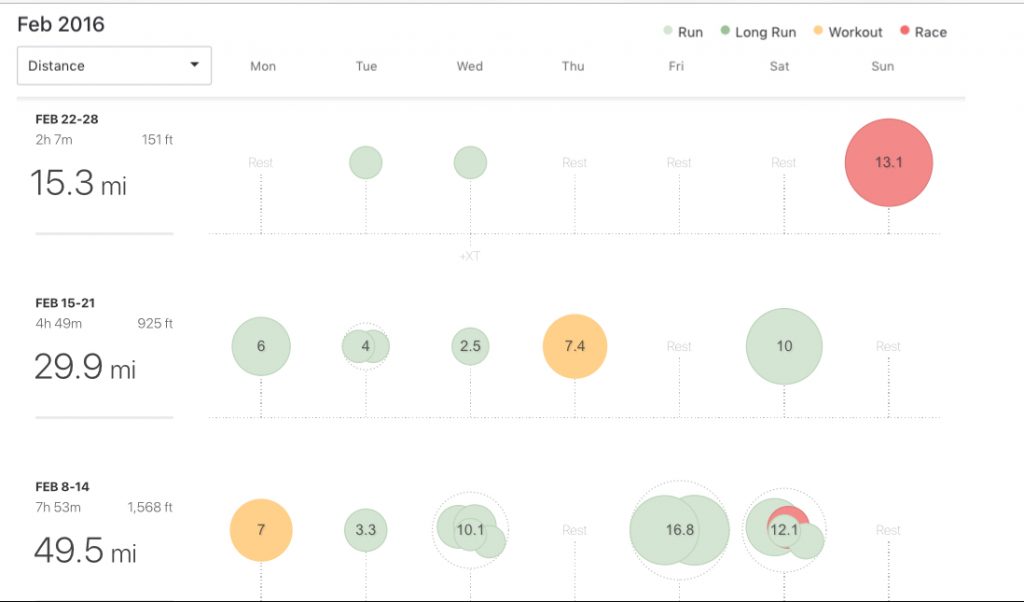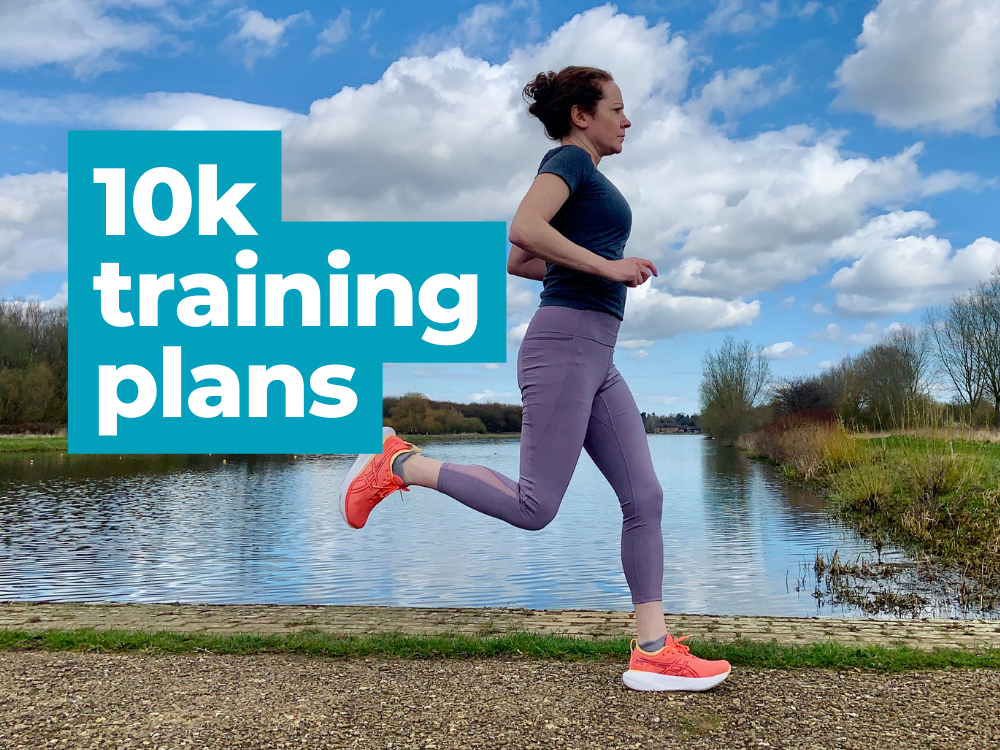How I plan my training
I shared an image on my Instagram stories of my training plan a while back. A couple of people messaged me, surprised that I use Excel for this. And maybe I’m a Luddite who is behind the times of running training plan wizardry, but I actually find this the best way to do it.
I have to confess, until recently I preferred a good old fashioned pen and paper for the job. The satisfaction of ticking off a session in felt tip only marred by the ones you have to cross out or modify. So I upgraded to a digital version of pen and paper. Because training plans very rarely go exactly to plan, they often need to be modified as life gets in the way.

Training post-partum has been a new world for me, and I’ve no idea how I’m going to feel one week to the next. Right now, I plan my training on a week-by-week basis. I have an idea of where I want to get to by the autumn and a goal race. And I have mileage I’d like to peak at along the way, as well as a couple of test races.
But the exact sessions and paces I plan on a week-by-week basis as my fitness returns or energy and time that week dictates.
All my runs get logged in Strava which means I can look back on previous weeks and the paces I’ve run various routes. And the ‘Training log’ option in the desktop version of Strava makes it easy to see previous months all laid out.

Handy for looking at the training you did before your last PB. But because Strava doesn’t honour the ‘lap’ button on your watch for intervals (not on my free version anyway), just pace each mile, I sometimes log the times of my intervals back on my Excel sheet.
Here are some tips for planning your own training…
- Start where you are. Look at your mileage from the past few weeks. Week one of your training shouldn’t be a massive jump up from this. The same goes for frequency of your runs.
- Put your goal race down and work back from it. How many weeks do you have? What peak mileage and longest run do you have in mind? Then figure out if you’ve enough time to build to these sensibly.
- Build in some contingency. Things happen: illness, work, children, lack of motivation. Build in a couple of weeks extra just in case.
- If you have any weeks where you’ll be away or busy at work, build your training plan to allow for this. Make it a cut-back week.
- Add in a couple of test races. A 5k or 10k is a good test of fitness for longer races.
- Don’t do ALL THE RACES. Races are fun to do. But try to ration yourself. Yes, you could use a race as a training run. But I find that too many ‘training races’ in your plan means they end up dictating the length of your long runs and can be disruptive. Go cheer instead.
If you’d like a little help with your training, check out my training guides.





